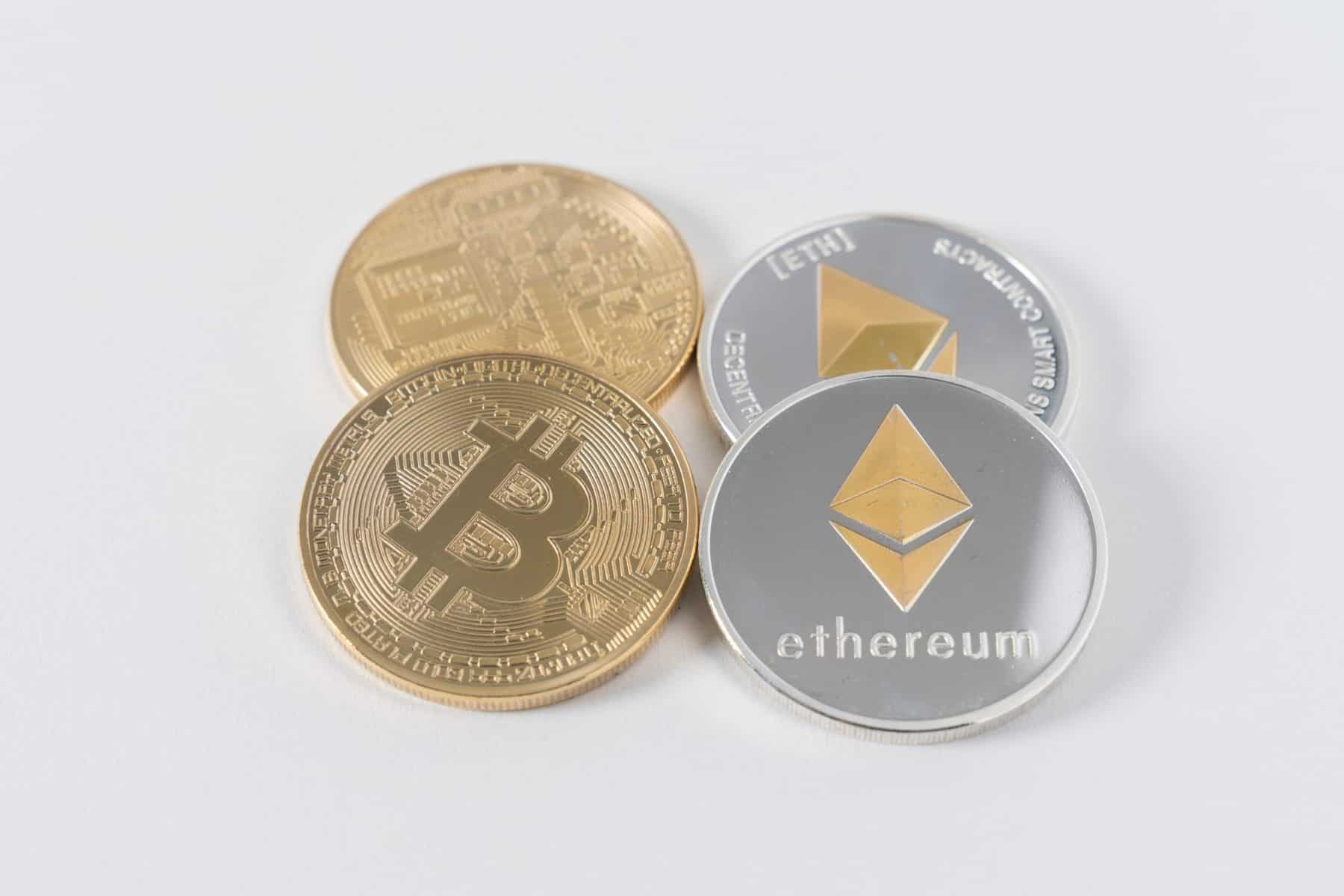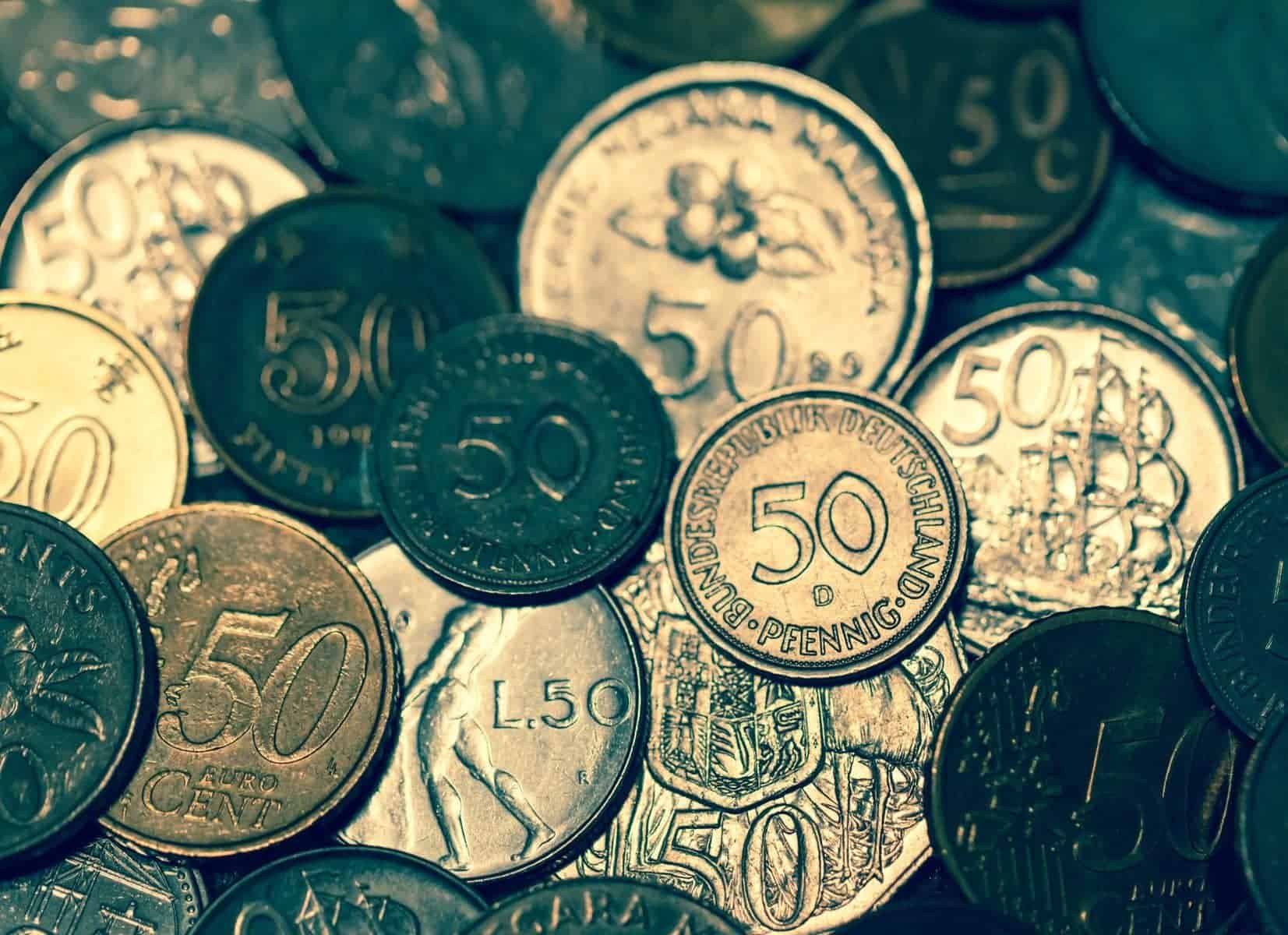Introduction
When people speak of “digital tokens”, the first thing that comes to mind is probably “Bitcoin” or possibly “Ethereum” (or “Ether”). This is not surprising given that these digital tokens have been in the news recently, especially over the course of the last year; grabbing headlines with their incredible swings in market price. A common misconception amongst the public at large is that all digital tokens are essentially the same, usually linked to the expectation that digital tokens will certainly appreciate in value (given the extraordinary performance of currencies like Bitcoin and Ether).

The actual world of digital tokens is far more complicated. While “digital token” is not a term of art, it is actually used to describe a wide variety of digital assets, all typically secured using cryptography and blockchain technology, but which otherwise have wildly differing characteristics and which are usable for different functions. (If you’re so inclined, this article provides a good primer on some of the basic terminology.)
As things stand (and in the context of the art world), there appear to be broadly four categories of cryptocurrencies – (i) Digital Payment Tokens, (ii) Utility Tokens (iii) Security Tokens, (iv) Non-fungible Tokens. This article considers each category in turn and how they may apply to the art world.
Digital Payment Tokens
Under Singapore law, digital payment tokens are essentially digital representations of value that are not denominated in any fiat currency (i.e. government-issued currency) and are accepted by the public as a medium of exchange to pay for goods or services, or to discharge a debt. Bitcoin and Ether are clear examples of digital payment tokens.
Although not commonplace as yet, digital payment tokens may be used as payments for art work (in place of monies). One advantage of using digital payment tokens is the convenience that they bring (since everything occurs in the digital space). There are however certain counterbalancing considerations. These include the potential for the e-wallets holding the digital payment tokens to be hacked into (and the digital payment tokens lost), as well as the wild swings in the value of these tokens. Imagine if you were to agree to pay 5 Bitcoins for a piece of art on Monday, with settlement to occur on Friday. When Friday comes, the value of Bitcoin may have doubled or dropped by 20 percent, leaving you (as a buyer) with either a terrible deal or a fantastic discount to the artwork that you have purchased.

Utility Tokens
Utility tokens usually arise in the context of an ‘initial token offering’ or an ‘initial coin offering,’ also known as an ‘ICO’. An ICO is simply a method of raising funds through crowdfunding. Here, an issuer offers new digital tokens to participants, using blockchain technology. Participants will typically transfer more established digital payment tokens, such as Bitcoin or Ether to the issuer, in exchange for the new utility tokens at a pre-determined exchange rate. The new utility tokens are often designed to be usable to pay for specific products or services which the issuer will eventually offer.
Conceptually, ICOs differ from initial public offerings (or IPOs) in a number of ways. In a corporate IPO for example, funds are raised by an issuer through the issuance of its shares to investors, via a stock exchange. In an ICO, new utility tokens are issued to the potential consumers of the products and services provided by the issuer (or its related entities). The focus of a participant in an ICO is often on the actual quality of the products and services provided by the issuer (or its related entitles), because those items or services may be redeemable against the tokens. In an IPO however, while the focus of an investor may similarly be on the quality of the products and services provided by the issuer, the larger concern is typically how this quality translates to the future value of the company and its share price, and accordingly the overall robustness of the investment made.
An easy way to think about ICOs is to recognise them as essentially pre-sales of a product or service that has yet to be launched.

A fundamental consideration of such utility token issuers is often to ensure that their utility tokens are not characterised as ‘securities’, which would bring the tokens under the ambit of stringent securities laws (which often involve licensing and prospectus requirements).
Security Tokens
People generally think of “securities” as capital markets products such as shares, bonds, notes and units in a fund. In essence, security tokens are digital tokens that display similar characteristics as traditional capital markets products. While one might not set out to sell a security token, one should take pains to ensure that the digital token being sold does not inadvertently become construed as a security token by virtue of its specific characteristics. As mentioned above, security tokens are subject to stringent securities laws (which often involve licensing and prospectus requirements).
An often-encountered scenario would be one involving what is typically referred to as the “democratisation of art”. A Picasso artwork for example, may be out of reach for the average person due to its high price. It would appear to be an attractive prospect to divide the ownership in the artwork amongst a large number of people (e.g. one million people), with each person having a small percentage of ownership in the artwork, purchased at an affordable price. This can be achieved by the issuance of digital tokens to each purchaser, each representing a tiny percentage of ownership over the expensive artwork. A Picasso artwork priced at say, S$10 million can now be purchased – in part at least– by the average person for S$10. Conceptually, the above sounds innocuous enough but people are often not content to simply own a small part of the artwork. In conjunction with the digital token sale, there may be an arrangement in place whereby a service provider seeks out opportunities for the artwork to be displayed in return for a fee and where a good opportunity arises, procure the sale of the artwork on behalf of the digital token holders. In essence, the amounts paid by the token holders for the digital tokens are pooled and these pooled amounts are managed by the service provider (via the leasing and sale of the artwork).
The point of such management would be to provide additional value to token holders, generating a return to them, on top of their ownership rights. These kinds of arrangements actually resemble the conventional activities undertaken by fund managers. Consequently, there is a risk that such an arrangement may be construed as a ‘fund management activity’ which in many jurisdictions all over the world, is usually regulated in order to protect investors. If the sale of the tokens is construed as being similar to the sale of units in a fund, such digital tokens may be treated as ‘security tokens,’ bringing the arrangement under the ambit of securities laws. If not properly advised on the implications of these activities, art market operators run the risk of being in breach of such laws.
Non-fungible Tokens
The distinguishing characteristic of a Non-fungible token or NFT is that each NFT possesses a unique identifier, thereby providing it the characteristic of non-fungibility. ‘Fungibility’ simply refers to the concept of things being interchangeable. Money for example, is ‘fungible’ because one S$2 note is fundamentally no different from another S$2 note. Each note entitles a buyer to the purchase of an item worth S$2, whatever that item may be, whether it’s a piece of cake, or a bottle of water. Currency that is ‘non-fungible’ however, is tied to a unique and specific experience or object.
In the world of tokens, a common mechanism of achieving non-fungibility is to feed unique data through a cryptographic algorithm, which in turn generates a unique identifier, such that any alteration of this unique data would generate a different identifier. The NFTs generated may then be attributable to high-value objects, such as artwork and real property. Specifically, NFTs seek to capitalise on two advantages which arise out of the characteristic of non-fungibility — first, the retention of value; and secondly, the removal of intermediaries.

There are a number of key advantages of NFTs, arising from their non-fungible nature. First, they are flexible. Almost any data can be encrypted in the form of an NFT. Accordingly, an NFT may be attributable to anything, whether tangible or intangible property. Next, NFTs can serve as unique digital representations attributable to the property acquired. In other words, the holder of an NFT attributable to property such as an artwork, would generally have title to the artwork, with something akin to a certificate of representation, which cannot be replicated. Thirdly, as the verification of each transaction would take place on the blockchain through multiple nodes, records kept on the blockchain would generally be resistant to tampering and fraud. This includes records of ownership and provenance of the NFT, and records of the originator of the NFT. An additional related benefit is that of market efficiency — transacting on the blockchain would also remove the need for intermediaries to verify the authenticity of the transaction, the involvement of which may otherwise be expensive and time-consuming. While the ground-breaking Beeple sale took place via a Christie’s auction, it would theoretically have been possible for the sale to conclude without Christie’s intervention. Whether it would have attracted the same amount of consumer interest and hype is of course, a separate matter.
It should be noted that there are drawbacks to dealing in artwork in the form of NFTs. For example, it remains unclear how different jurisdictions will regulate NFTs. In addition, whether NFTs will gain wider acceptance amongst art collectors, many of whom have only collected art in more traditional forms, remains to be seen.
Conclusion
The world of tokens presents many opportunities for the art world at large, both in terms of financial opportunity and in new ways of art appreciation. However, people who wish to leverage these new technologies should do so with open eyes, appreciating both the benefits that digital tokens can bring but also the risks associated with their use.










